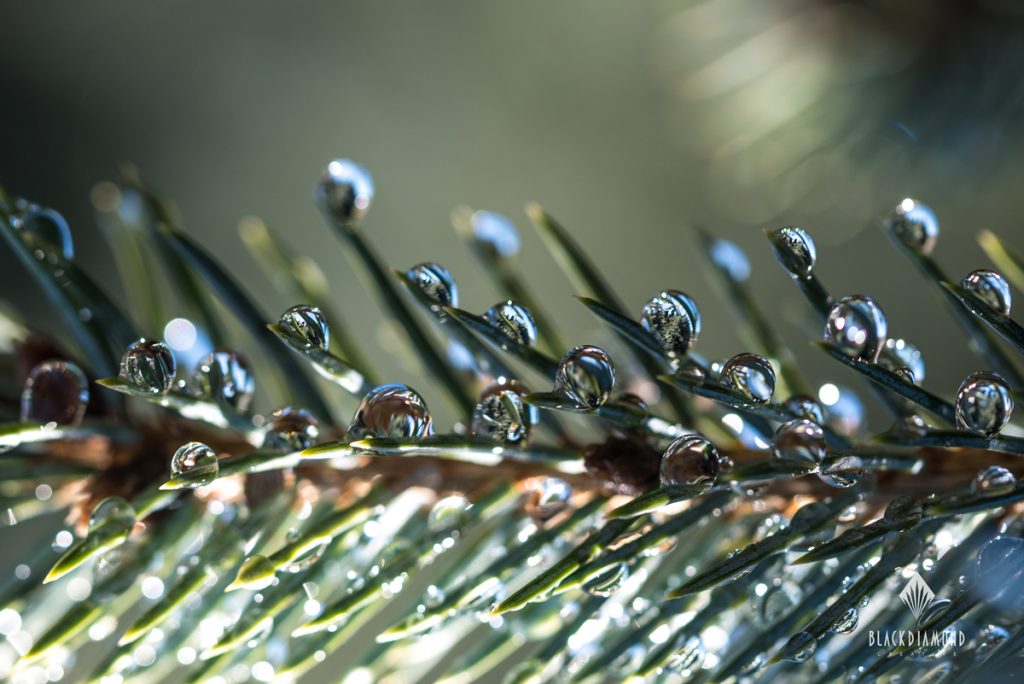Last week we launched our second online exhibition: Public Market by Kristy Bianchi. I initially reached out to Kristy after viewing her photographs from Arleen Thaler’s ROC Photo Map project. The way she captured color and form, her attention to detail, the stories she told – I wanted to see more!

Megan Charland: I was surprised to learn that you only recently started working in photography. What made you decide to pick up a camera? Can you talk a little about your training?
Kristy Bianchi: In the past I’ve played around with point and shoot cameras, but never got the photography bug until about a year and a half ago. I’ve spent years curating and incorporating other peoples images for graphic design projects, but not my own. That’s probably what made me realize it was time to learn how to use a camera and expand my skill set. Taking Karl Heinz Kremer’s beginner Digital SLR class at Flower City Arts Center was one of the best decisions I ever made. Ever since then I’ve been working on learning as much as I can, taking different classes at the Arts Center, and just going out shooting. It’ll be a life long process, and its been enjoyable every step of the way.
MC: With your background in graphic design, how do you think that work influences your photography?
KB: It definitely helped train my eye, giving me a good grasp on composition. Teaching me the value of negative space, the rule of thirds, directing and capturing how the eye flows when looking at images, and how to focus on what the main message or subject is in an artful way.
MC: Browsing your website it looks like you primarily take a photo-journalistic approach to your subjects, can you talk about how you approach your subjects?
KB: I like to sit back and see what unfolds, but also dive in and take a 360 degree approach with my subjects, lighting, and environment. Sort of moving around until I see what works, trying to blend the three into a nice image.

MC: What’s next? Do you have any exciting projects coming up that you want to share?
KB: I’d like to work on some more complex photo composite projects. Some elaborate surreal/fantasy style portraits incorporating models, make-up, costumes, scouted locations, then edited in photoshop.
Going on photo walks with Arleen Thaler really opened up my eyes and taught me a lot, making me discover my love of street documentary style photography. There will be more of that in my future for sure.
I’m kind of obsessed with macro nature photography, and I want to get into commercial, editorial and video work.
So I’m kind of all over the place! Right now I’m dabbling in as many areas as I can, as time goes on I’ll have a better idea on what I want to focus on, so far I love all of it :).

Q: Do you have any advice for photographers just starting out?
A: Bring your camera everywhere you can, you never know what might catch your eye.
Take some classes learn the basics, don’t get overwhelmed with all the equipment out there.
Instagram is a great way to see whats going on and get your work seen. Most of all practice, experiment and have fun with it!



